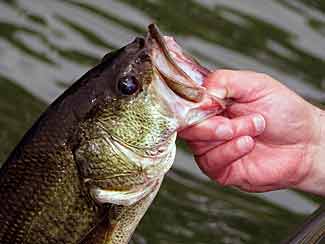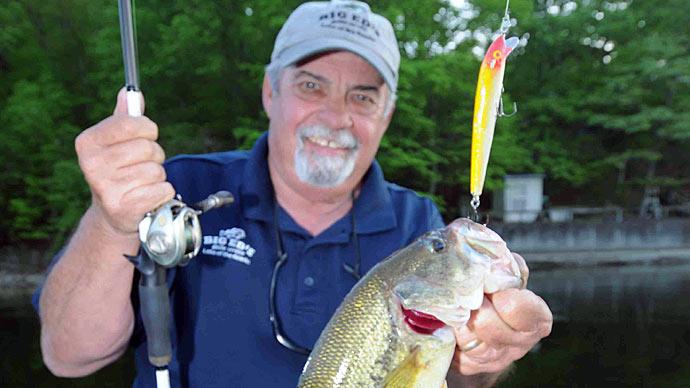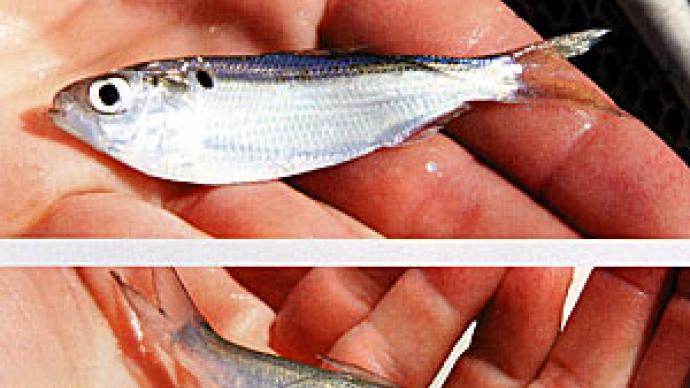
For many pond owners, spring brings the excitement of stocking fish. Few events in pond management bring the immediate satisfaction to rival introducing fish to their new environment.
In ponds of more than one acre, largemouth may be stocked in concert with bluegill and other species to create a balanced sportfishery. In impounds covering less than 1 surface acre, small systems seldom can produce enough forage to maintain balance between bass and the other predator species, so most pond professionals recommend stocking only one species -- either channel catfish or bluegill, generally not both.
Recommended stocking rates vary by the size, location and condition of the pond, along with the objectives of the landowner. But for new ponds over 1 acre with fertile water, the American Fisheries Society generally suggests the following recipe:
Add 1,000 bluegill per surface acre, plus 100 channel cat and 100 largemouth.
This simple formula has been tried and true for generations, with excellent results virtually coast-to-coast.
The Pond Boss Field Advisory Staff urges pond owners to wait until the bluegill have had a chance to establish their population by spawning at least once before adding the bass. Ponds that already have existing populations of bass and other predators must be stocked differently, using adult fish that are large enough to escape the hungry maws of roving predators.
Recommended stocking rates
| Species | No./Acre |
| Bluegill | 1,000 |
| Largemouth | 100 |
| Channel cat | 100 |
(source: American Fisheries Society)
For bluegill, this generally means stocking 3-5 inch young adult fish in the autumn, with hopes they will overwinter and reproduce the following spring.
Bass, on the other hand, are stocked in late May or June. They will grow rapidly while feeding on the offspring of the spawning bluegill.
Other species to consider are golden shiners, redear sunfish, crayfish and various minnow-types.
I new ponds, fathead minnows, sometimes called "tuffies," are good for building the foundation at the bottom of the food chain.
Fatheads should be stocked at a rate of 5-10 pounds per acre.
Blue catfish and flathead catfish grow so large, they are seldom recommended.
Reprinted with permission from Pond Boss Magazine



